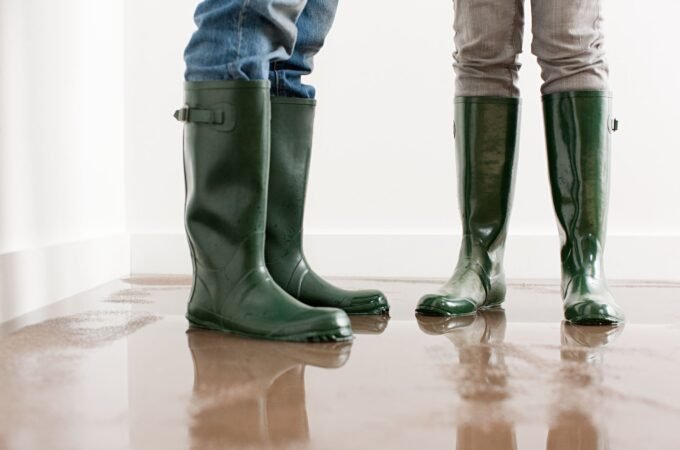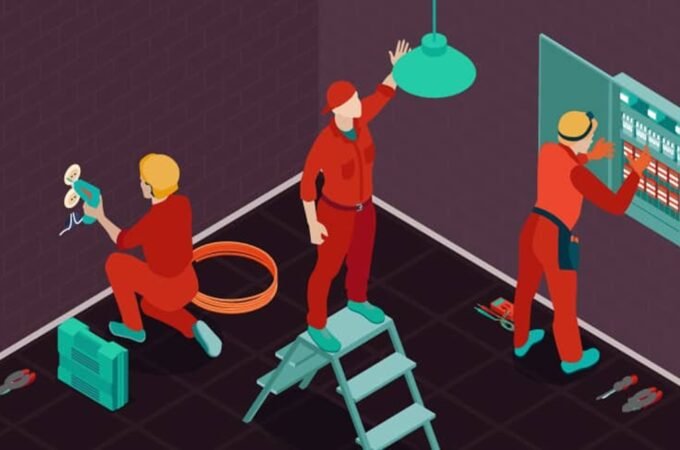
Improving Air Quality in Your Home
Air quality within our homes plays a pivotal role in the quest for a healthier lifestyle, yet it’s often overlooked. Indoor air quality directly impacts our health, comfort, and well-being. With modern homes being more airtight than ever, the significance of ensuring clean, fresh air cannot be understated. Professionals in the HVAC industry, especially those who have honed their skills and knowledge through rigorous training programs, stand at the forefront of this battle against indoor pollutants. For example AtHomePrep offers comprehensive courses designed to equip HVAC professionals with the necessary expertise to improve air quality in residential settings, ensuring that homes are comfortable and conducive to good health.
Table of Contents
ToggleThe Invisible Threat: Indoor Air Pollution
Indoor air pollution is a silent threat lurking within our homes’ confines. It stems from various sources: mold and pollen, emissions from furniture and building materials, household cleaning products, and even outdoor pollutants that find their way inside. The effects of poor indoor air quality can range from short-term irritations such as allergies and headaches to long-term health issues, including respiratory diseases and heart problems. Understanding these risks is the first step towards mitigating them.
Strategies for Enhancing Indoor Air Quality
To truly enhance the air quality within your home, a multi-faceted approach must be taken. Limiting items that introduce pollutants, such as opting for natural cleaners rather than harsh chemicals or ensuring no mold issues arise, can make a difference. Be certain that no indoor smoking occurs as well. Improving airflow by opening windows regularly allows fresh air to circulate. Nevertheless, don’t stop there. Additional options, like employing air purifiers, can further help scrub the surroundings of contaminants. You may also install plants known to naturally cleanse air. Combining several strategies will most effectively help you breathe easier indoors.
Ensuring proper ventilation is critical. In numerous contemporary homes, the focus on energy effectiveness has brought tighter seals around doors and windows, drastically decreasing natural air circulation. To offset this, develop a routine of opening windows and doors whenever climate allows, permitting fresh air to flow and thin indoor pollutants. Furthermore, take into account installing trickle vents or exhaust fans, specifically in areas like kitchens and bathrooms that experience high moisture, to assist with removing contaminated air from your living space.
While air purifiers provide supplemental protection, choosing the correct device for your unique space is critical. Ranging from basic mechanical filters trapping dust and debris to more advanced options using activated carbon or HEPA filters, these systems meaningfully decrease indoor levels of contaminants. However, it’s essential to select a system suiting your home’s square footage and particular airborne challenges. Keep in mind that air cleaners, when paired with source reduction and ventilation upgrades, can powerfully improve air quality within the limitations of their intended design—as a complement rather than a substitute for addressing root causes and optimizing airflow exchange.
The role of HVAC professionals in maintaining indoor air quality is extremely important. Heating, ventilation, and air conditioning systems are essential for keeping indoor spaces comfortable, but they must be appropriately cared for to avoid circulating dust, allergens, and other pollutants through ducts and vents. Regular maintenance like cleaning or replacing filters helps trap these particles before they spread throughout the home. HVAC technicians also check that the entire system is running smoothly and delivering heated or cooled air as needed. Their routine inspections can find minor issues before they become big problems.
Conclusion
While creating a clean indoor air environment takes effort across multiple fronts, a thoughtful approach can significantly benefit your health and that of your loved ones. Gaining insight into what commonly pollutes indoor air allows for strategizing how to minimize such risks, leading to a home with safer air. Achieving high-quality air demands addressing pollution sources, improving airflow circulation, and deploying air purifiers, backed by a certified HVAC specialist’s knowledge and skills. Though improving indoor air quality necessitates focus on details and proactive maintenance over time, the outcomes of enhanced wellness make such commitments worthwhile.
Remember, the state of your home’s air quality directly impacts comfort and health. Prioritizing it does more than improve aesthetics or convenience alone; protecting wellbeing should be the top priority for everyone inside. Professionals who study the newest HVAC techniques and methods through certifications like AtHomePrep offer crucial help. With their training and tools, these experts can guide you through indoor air’s complexities. They provide answers that work well while tailoring to each home {needs. Ultimately, the pursuit of purer air never fully ends. However, taking the right steps and accepting expert aid means the target stays achievable.
Lynn Place is Vice President of Marketing for SolvChem Custom Packaging Division. She has 30 years of professional experience in the manufacturing industry and specializes in consumer packaged goods, new product development and strategic planning.





